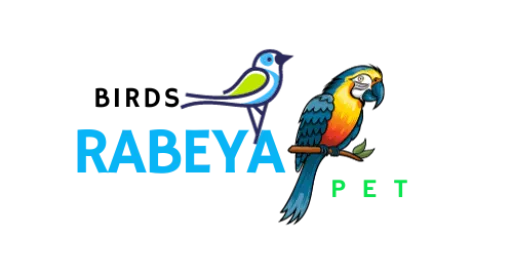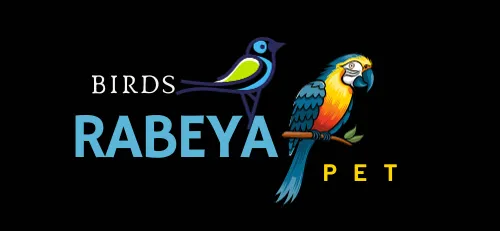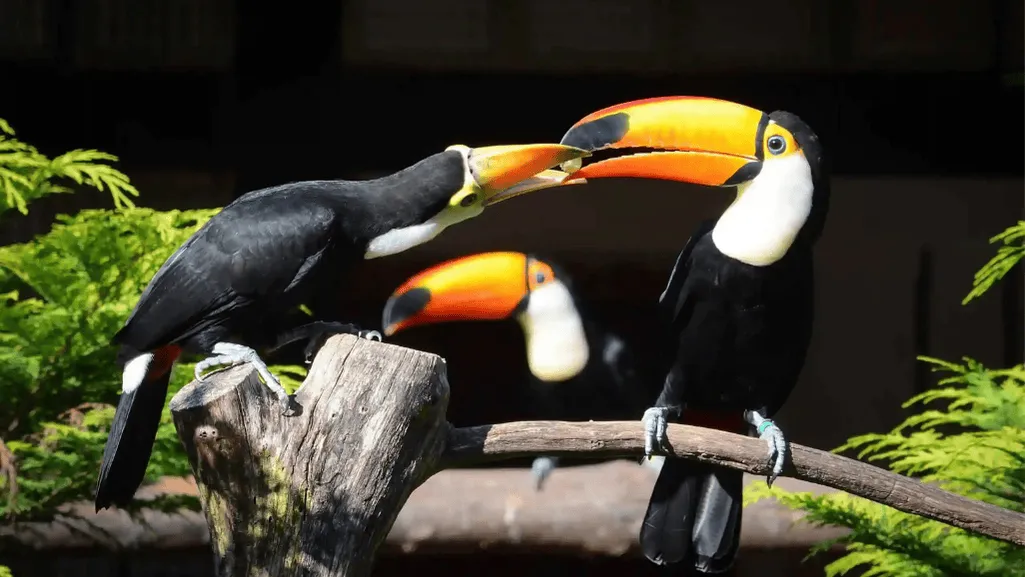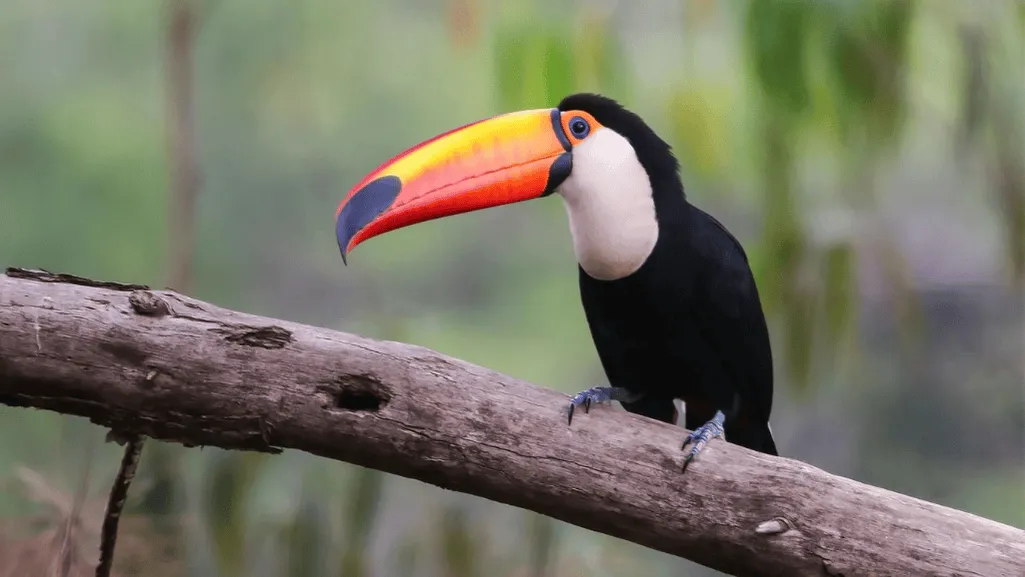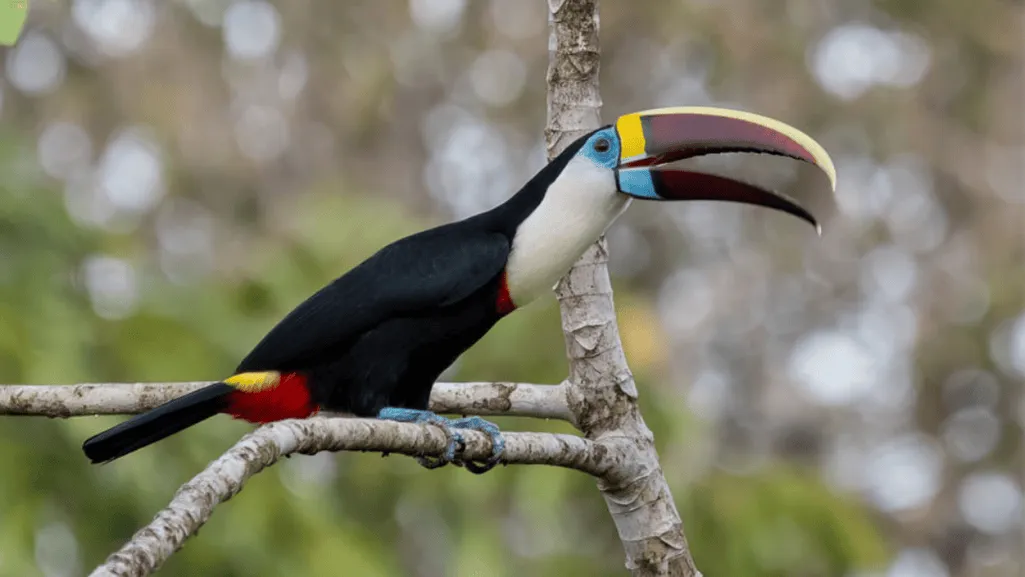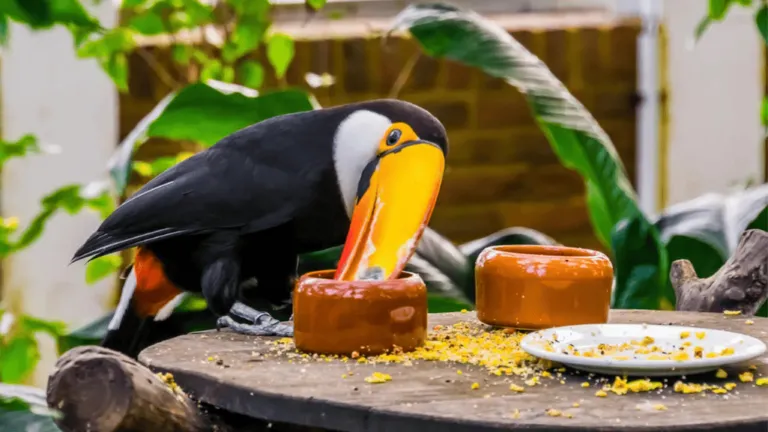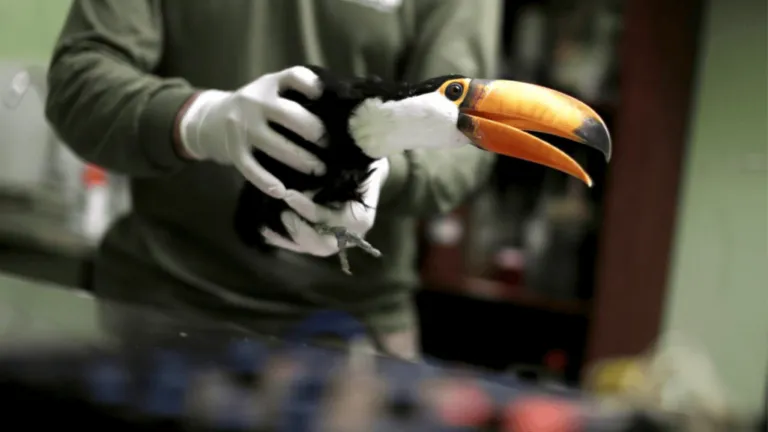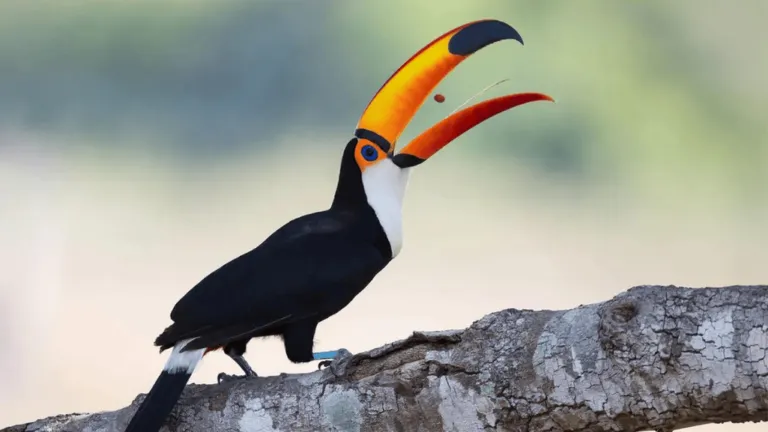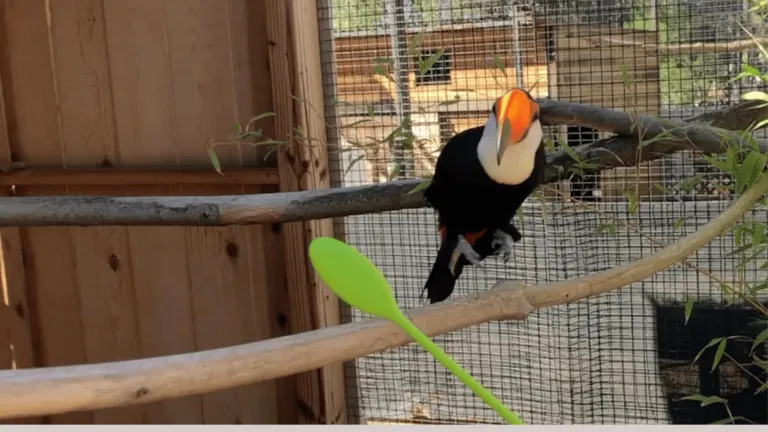Toucans, with their vibrant plumage and distinctive beaks,Toucan foraging behaviors are not only captivating to look at but also possess fascinating foraging behaviors. Understanding the diet, feeding habits, and nutritional needs of these colorful birds provides valuable insights into their unique behavior patterns. Let’s explore the intriguing world of toucan foraging and unravel the secrets behind their food preferences and techniques.
Toucans are omnivores, meaning they have a diverse diet that includes fruits, insects, small birds, rodents, and lizards. Their large, colorful beaks, contrary to popular belief, are not utilized for capturing prey. Instead, they play a crucial role in reaching and consuming fruits efficiently. Toucans have specifically adapted beaks that enable them to access hard-to-reach fruits, making them important seed dispersers in their ecosystems.
Foraging behaviors of toucans exhibit a combination of skill, playfulness, and curiosity. Their search for food serves as an opportunity to practice important survival skills and strengthen social bonds within their flocks. From swinging on branches to hopping from tree to tree, toucans employ a variety of techniques to locate and access their preferred food sources.
When it comes to food preferences, toucans have a penchant for ripe fruits. The vibrant colors of their beaks and feathers are often attributed to their affinity for brightly colored fruits. They have been known to favor a range of fruits, including figs, guavas, and berries.
Toucan nutrition is a key factor in maintaining their health and vitality. Their diet provides essential vitamins, minerals, and nutrients necessary for their well-being. By understanding their foraging behaviors and food preferences, researchers and conservationists can better support their nutritional needs in captivity and protect their habitats in the wild.
As we delve deeper into the world of toucan foraging, we gain a greater appreciation for the intricate web of interactions that shape their behavior and ecology. The next time you spot a toucan in the wild, take a moment to observe their foraging techniques and marvel at their adaptability in finding sustenance amidst their tropical surroundings.
Key Takeaways:
- Toucans are omnivores with a diverse diet that includes fruits, insects, small birds, rodents, and lizards.
- Their large, colorful beaks are adapted for efficient fruit consumption and seed dispersal.
- Foraging behaviors of toucans involve skill, playfulness, and curiosity.
- Toucans have a preference for ripe fruits and play a vital role in seed dispersal.
- Understanding toucan nutrition helps support their well-being in captivity and their conservation in the wild.
Toucan Social Structure and Communication
Toucans are highly social birds, often found in small flocks that live in close proximity to each other. They engage in various forms of communication, using vocalizations and body language to convey messages within their flock. Playful interactions serve multiple purposes for toucans, including practicing important survival skills and strengthening social bonds.
Observing their social structure and communication provides fascinating insights into their behavior and social interactions.
Flock Dynamics: Living in Harmony
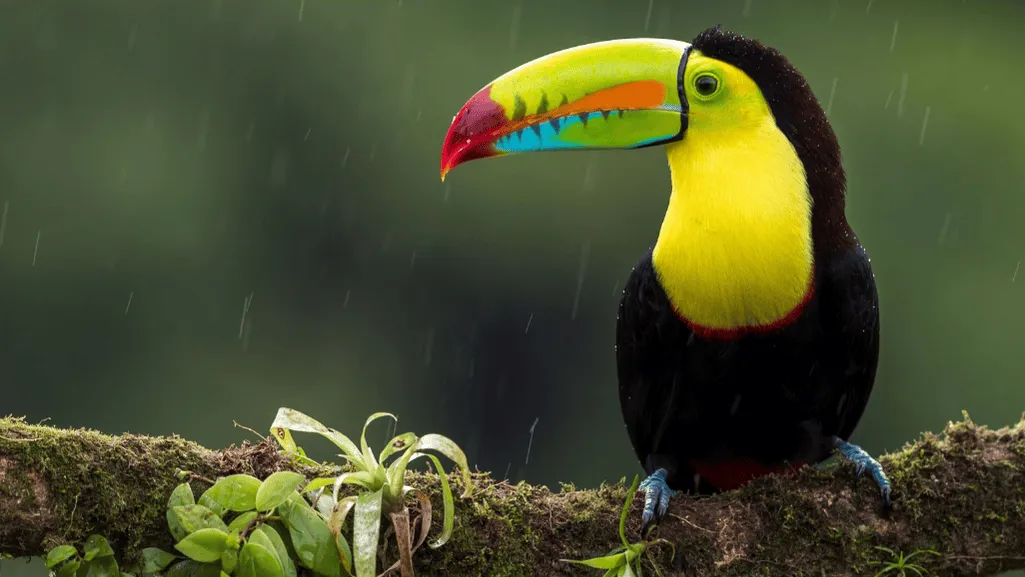 Toucans thrive in the company of their fellow flock members. They form cohesive groups that function in a cooperative manner, living together harmoniously. Within their flocks, toucans establish complex social hierarchies based on dominance and submission. This hierarchical organization promotes stability and efficient resource utilization.
Toucans thrive in the company of their fellow flock members. They form cohesive groups that function in a cooperative manner, living together harmoniously. Within their flocks, toucans establish complex social hierarchies based on dominance and submission. This hierarchical organization promotes stability and efficient resource utilization.
Vocalizations: A Language of Their Own
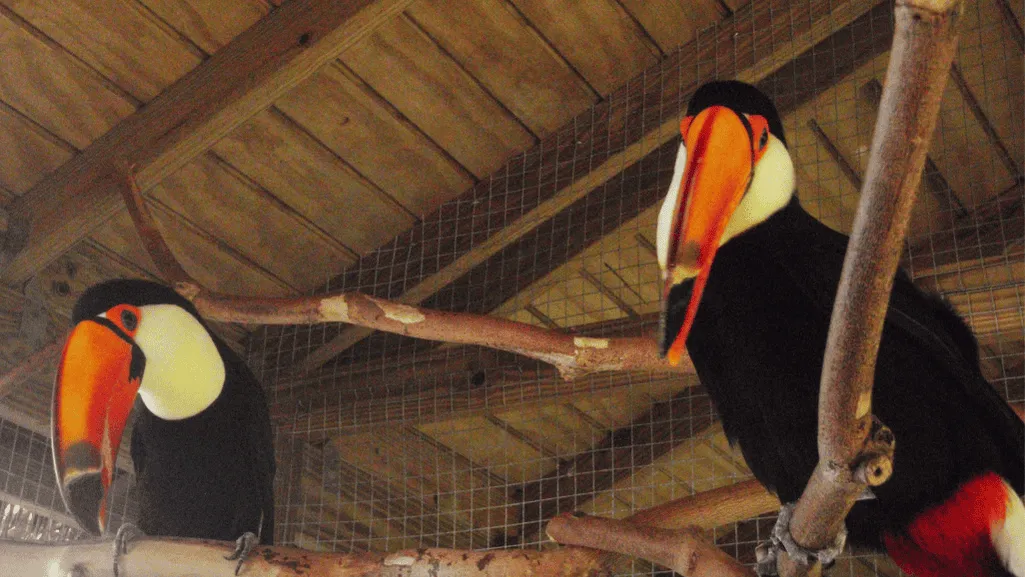 Toucans communicate through a wide range of vocalizations, with each sound carrying a distinct meaning. Their repertoire of calls includes melodious songs, territorial warnings, and contact calls to keep the flock together while foraging or during flight. Vocal communication plays a vital role in coordinating their activities, alerting others to potential threats, and establishing territory boundaries.
Toucans communicate through a wide range of vocalizations, with each sound carrying a distinct meaning. Their repertoire of calls includes melodious songs, territorial warnings, and contact calls to keep the flock together while foraging or during flight. Vocal communication plays a vital role in coordinating their activities, alerting others to potential threats, and establishing territory boundaries.
Body Language: Non-Verbal Communication
In addition to vocalizations, toucans utilize body language to convey messages within their flock. They use various postures, movements, and gestures to express dominance, submission, aggression, or playfulness. By interpreting these visual cues, toucans can understand and respond to each other’s intentions and emotions.
Quotes:
“Toucans have a remarkable ability to communicate with each other, using a combination of vocalizations and body language. Their communication patterns are intricate and demonstrate the strong social bonds within their flocks.” – Dr. Emma Wilson, Avian Behavior Specialist
| Form of Communication | Description |
|---|---|
| Vocalizations | Toucans use a diverse repertoire of calls to convey messages, ranging from territorial warnings to contact calls for flock cohesion. |
| Body Language | Through postures, movements, and gestures, toucans express dominance, submission, aggression, and playfulness to communicate with flock members. |
toucan foraging behaviors
During the breeding season, male and female toucans engage in elaborate courtship displays to establish and strengthen pair bonds. These courtship displays involve colorful feather displays, bill clacking, and mutual feeding rituals. By participating in these displays, the toucans communicate their readiness to breed and attract potential mates.
Once paired, the male and female toucans work together to find suitable nesting sites. They prefer nesting in tree hollows, using natural cavities or abandoned woodpecker holes for their nests. The tree hollows provide protection and security for the nesting toucans and their offspring.
Parental care is a crucial aspect of toucan behavior. Both the male and female actively participate in the care of the nestlings. They take turns incubating the eggs and feeding the young chicks. The parents regurgitate partially digested food to feed their offspring, ensuring they receive the nutrients needed for growth and development.
Toucans display remarkable cooperation and dedication when it comes to raising their young. The parents work as a team, providing the necessary care and attention to ensure the survival of their offspring.
As the nestlings grow, they gradually become more independent, and the parents continue to provide them with food and protection. This period of parental care lasts until the young toucans are ready to leave the nest and venture out into the world on their own.
Understanding the breeding habits and parental care of toucans provides valuable insights into the life cycle and behavior of these magnificent birds. It highlights the importance of protecting their nesting habitats and ensuring their continued survival.
Summary:
- Toucans engage in elaborate courtship displays to establish pair bonds during the breeding season.
- They work together to find suitable nesting sites, typically in tree hollows.
- Both male and female toucans actively participate in the care of nestlings.
- Parental care involves incubating the eggs, feeding the young, and providing protection.
- Understanding toucan breeding behavior and parental care contributes to our knowledge of these fascinating birds.
Toucan Vocalizations and Communication
Toucans are highly skilled communicators, utilizing a wide range of vocalizations to convey messages within their flock. These calls serve various purposes, including warning others of potential danger, signaling the availability of food sources, and facilitating social interactions.
Toucan vocalizations play a vital role in their daily lives and reflect their diverse behaviors and environments.
One of the most distinctive vocalizations of toucans is their loud, croaking call, often heard echoing through the dense forests where they reside. This call serves as a territorial announcement, warning other toucans to respect their boundaries and avoid unnecessary conflicts.
Additionally, toucans produce a wide array of softer calls that are used for communication within their flock. These calls can vary in pitch, rhythm, and duration, carrying different meanings and messages. For example, some vocalizations are used to maintain contact with other flock members during flight or to coordinate group movements when foraging for food.
“The vocalizations of toucans are not only a means of communication but also a reflection of their vibrant personalities and social dynamics.”
Toucan vocalizations have been found to differ depending on their habitat type, enabling them to adapt to the unique acoustic characteristics of their environment. This allows for more efficient communication and nuanced interactions among toucans.
Researchers have identified distinct vocalizations associated with courtship behaviors as well. Male toucans produce complex calls during the breeding season to attract female mates and establish strong pair bonds. Females also contribute to the courtship process by responding to these calls, showcasing their interest and compatibility.
By studying the different vocalizations and communication patterns of toucans, scientists gain valuable insights into their behavior, social interactions, and overall flock dynamics. This knowledge helps shed light on the complex social structure of these remarkable birds.
Furthermore, understanding toucan vocalizations contributes to ongoing conservation efforts. By studying and recognizing different call types and their meanings, researchers can identify essential habitats for toucans and take necessary measures to protect these areas.
The image below showcases the vibrant plumage of a toucan, complementing their unique vocalizations and captivating behavior.
Common Toucan Calls and Their Meanings
| Call Type | Meaning |
|---|---|
| Croaking Call | Territorial announcement and defense |
| Contact Call | Maintaining communication within the flock |
| Flight Call | Coordination and group movement during flight |
| Courtship Call | Attracting mates and establishing pair bonds |
| Food Call | Signaling the availability of food sources |
Observing and documenting toucan vocalizations continue to provide researchers with valuable insights into their behavior, enabling a deeper appreciation for these fascinating birds. By unraveling the intricacies of their communication, we gain a greater understanding of the social interactions and unique abilities of toucans.
Conclusion
Toucans are not only beautiful to behold, but they also display a wealth of intriguing behaviors that have captivated scientists and nature enthusiasts alike. From their foraging habits and social structure to their vocalizations and breeding behavior, toucans continue to fascinate researchers.
Safeguarding their habitats and promoting conservation efforts is essential to ensure the long-term survival of toucans. By understanding their behaviors and unique characteristics, we can develop effective strategies for protecting these charismatic birds and the ecosystems they inhabit.
As technology and research techniques advance, our understanding of toucan behavior will continue to evolve. Ongoing research is crucial in unraveling the complexities of toucan behavior and uncovering new insights. With a commitment to toucan conservation and continued research, we can work towards preserving the natural wonders of these remarkable birds for generations to come.
FAQ
What do toucans eat?
Toucans have an omnivorous diet, which includes fruits, insects, small birds, rodents, and lizards.
What are some foraging behaviors of toucans?
Toucans exhibit a variety of foraging behaviors, such as using their large, colorful beaks to reach and consume fruits efficiently.
How do toucans communicate within their flock?
Toucans use vocalizations and body language to convey messages within their flock and engage in playful interactions to practice survival skills and strengthen social bonds.
Where do toucans nest?
Toucans are cavity-nesting birds and rely on natural or abandoned tree holes for their nests.
Do both parents participate in caring for toucan nestlings?
Yes, both male and female toucans actively participate in the care of their nestlings.
What is the significance of toucan vocalizations?
Toucans use a diverse range of vocalizations for communication, including expressing danger, food availability, and social interactions.
How can we contribute to toucan conservation?
By safeguarding their habitats and promoting conservation efforts, we can work towards protecting toucans and the ecosystems they inhabit.
